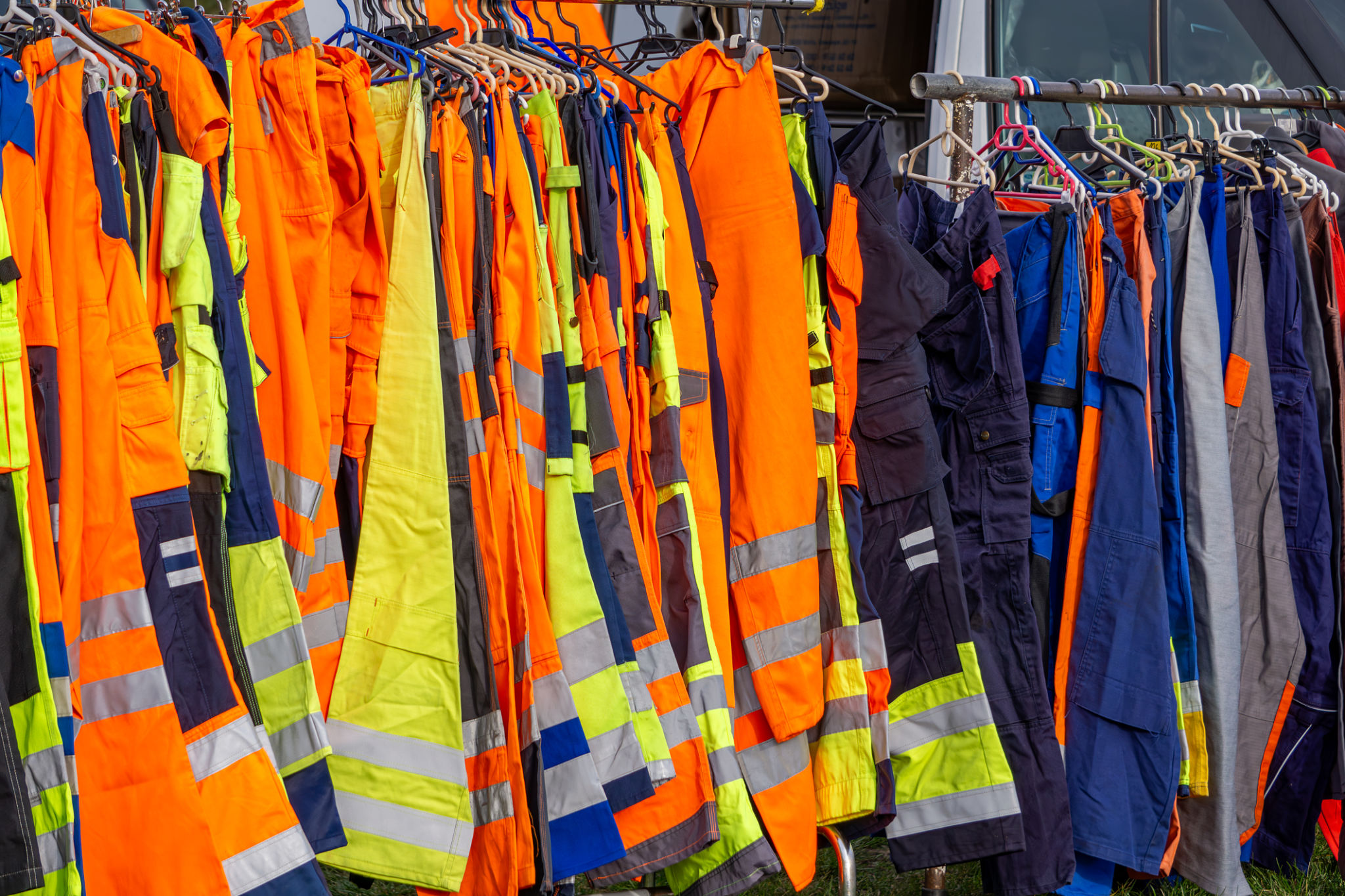Expert Tips for Planning Your Winter Whale Watching Tour in Hawaii
Understanding the Best Time for Whale Watching
Planning a winter whale watching tour in Hawaii requires knowing the best time to visit. The peak season for whale watching is between December and April, when humpback whales migrate to the warm Hawaiian waters to breed and give birth. If you want to experience the most sightings, consider booking your tour during these months.

Selecting the Right Location
Hawaii offers several prime locations for whale watching. Maui, particularly the waters around Lahaina and Maalaea Bay, is renowned for its high concentration of humpback whales. Other excellent spots include the Big Island's Kona Coast and Oahu's north shore. Each location has its unique charm, so research the areas to find which one aligns best with your travel plans.
Choosing the Ideal Tour
When it comes to selecting a whale watching tour, there are several factors to consider. Look for tours led by certified naturalists who can provide in-depth information about the whales and their behavior. Smaller boat tours offer a more intimate experience, while larger vessels provide stability and comfort. Choose according to your preferences and comfort level.

What to Pack for Your Adventure
Preparing for your whale watching tour requires packing the right essentials. Bring a camera with a zoom lens to capture distant sightings, and don't forget binoculars for a closer look. Dress in layers, as temperatures can vary on the water, and remember sunscreen, sunglasses, and a hat to protect against the sun.
Understanding Whale Behavior
Enhance your experience by learning about common whale behaviors. Breaching, tail slapping, and spy-hopping are just a few actions you might witness. Understanding these behaviors will enrich your appreciation of these magnificent creatures and their natural environment.

Respecting Marine Life
While observing these majestic animals, it's crucial to respect their space and environment. Ensure your tour operator follows guidelines to keep a safe distance from the whales. Avoid any tours that promote activities that could disturb or endanger marine life.
Making the Most of Your Trip
To maximize your whale watching experience, consider combining it with other activities. Explore local museums or educational centers that offer insights into marine life and conservation efforts in Hawaii. This holistic approach will provide a deeper understanding of the oceanic ecosystem.
Staying Safe and Comfortable
Your safety and comfort should be top priorities. Always listen to the crew's safety instructions and wear any provided safety gear. If you're prone to seasickness, take preventive measures before boarding.

Sharing Your Experience
After your tour, share your experiences and photos with friends and family. Not only does this keep your memories alive, but it also raises awareness about marine conservation and the beauty of Hawaii's natural wonders. Engaging others can inspire them to embark on their own whale watching adventures.
